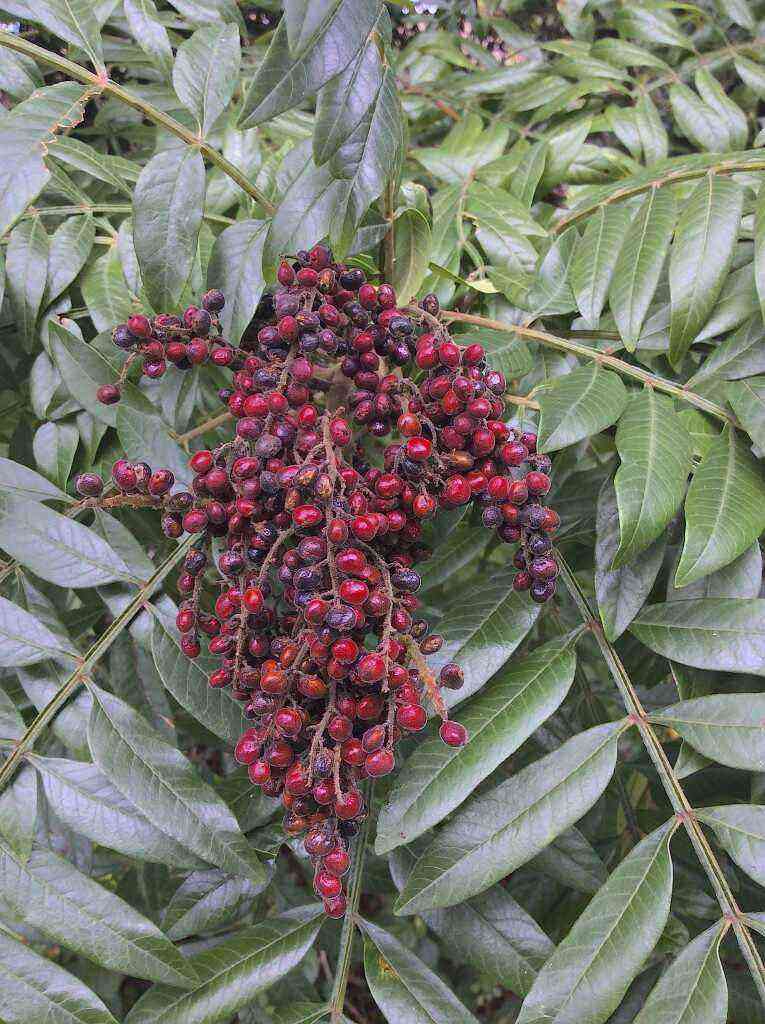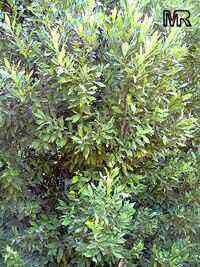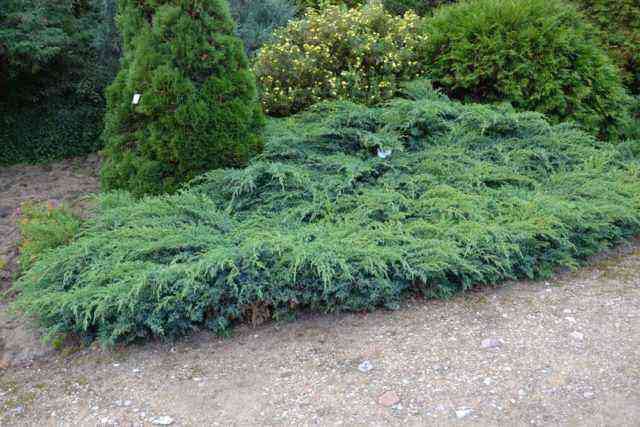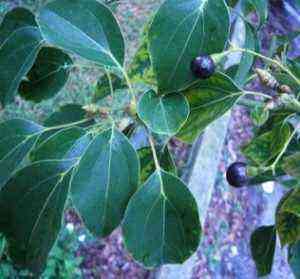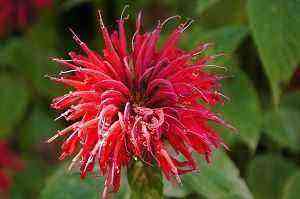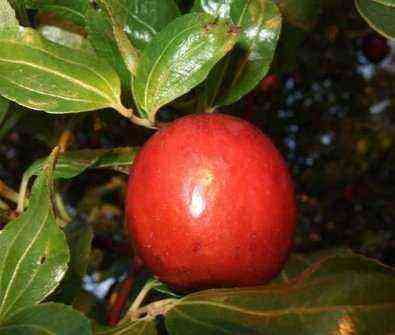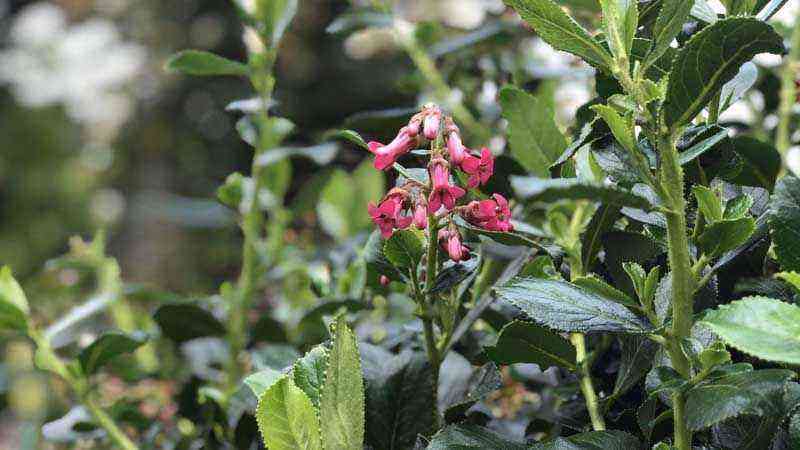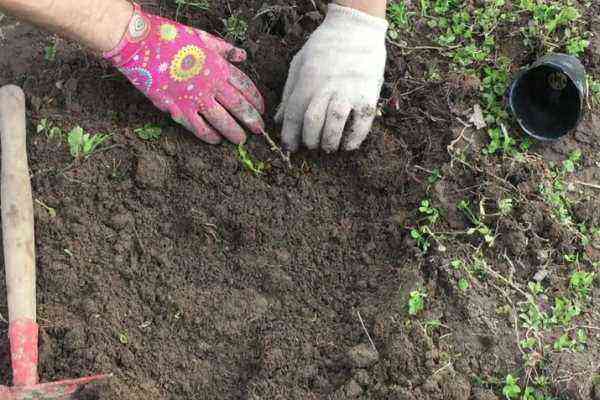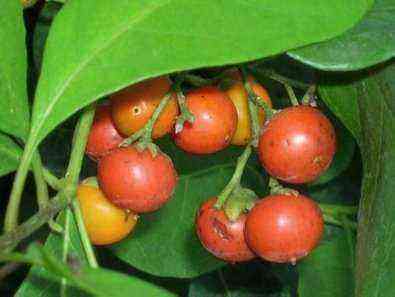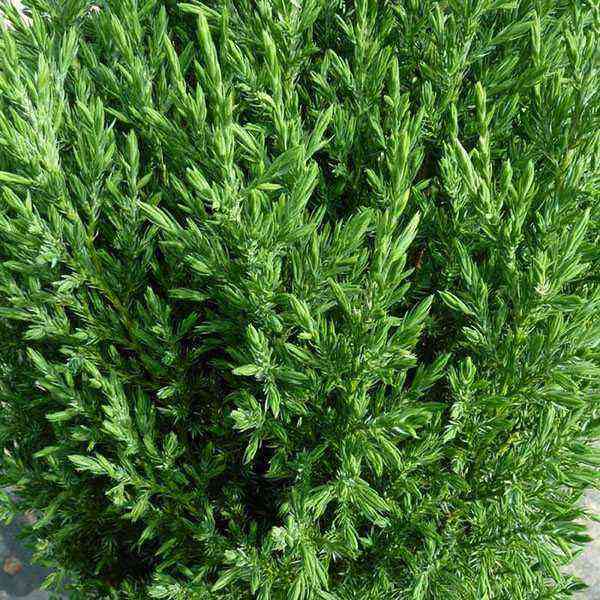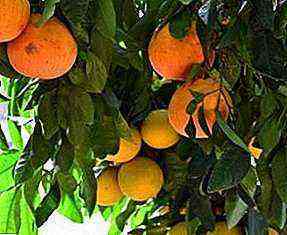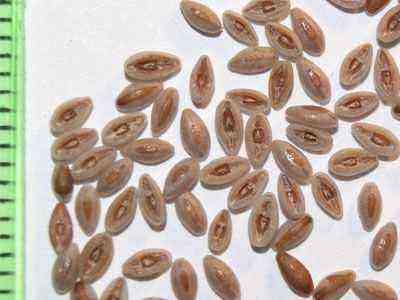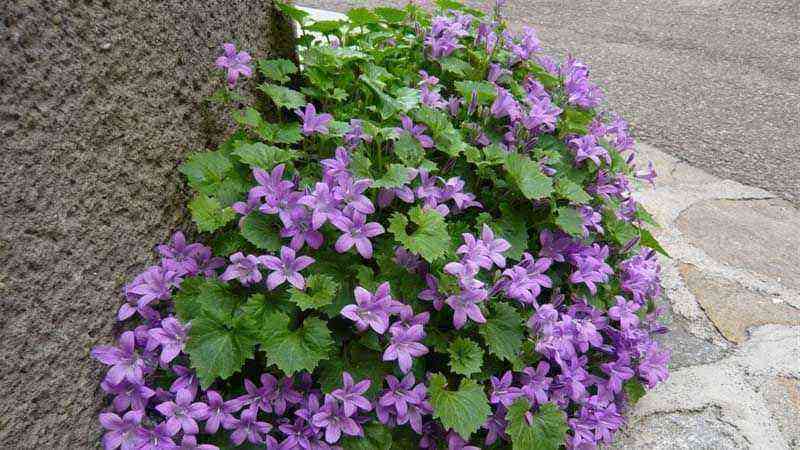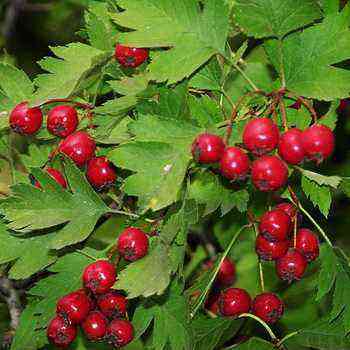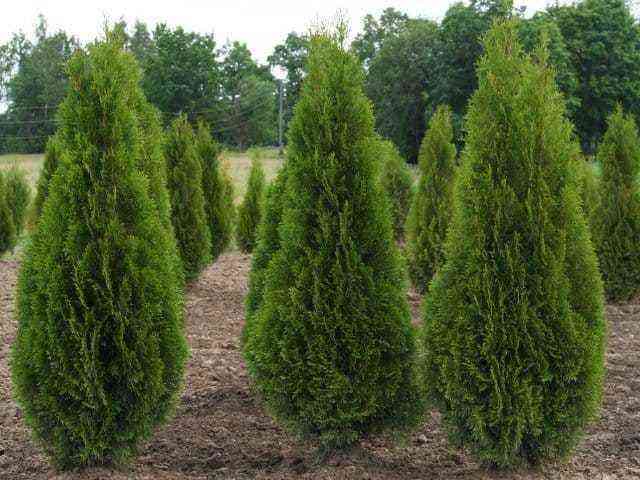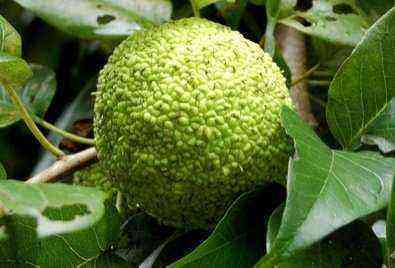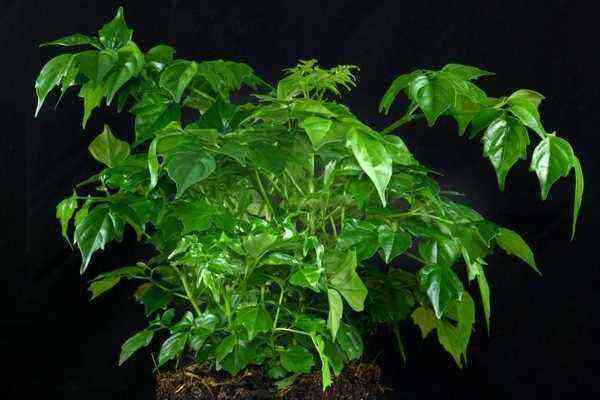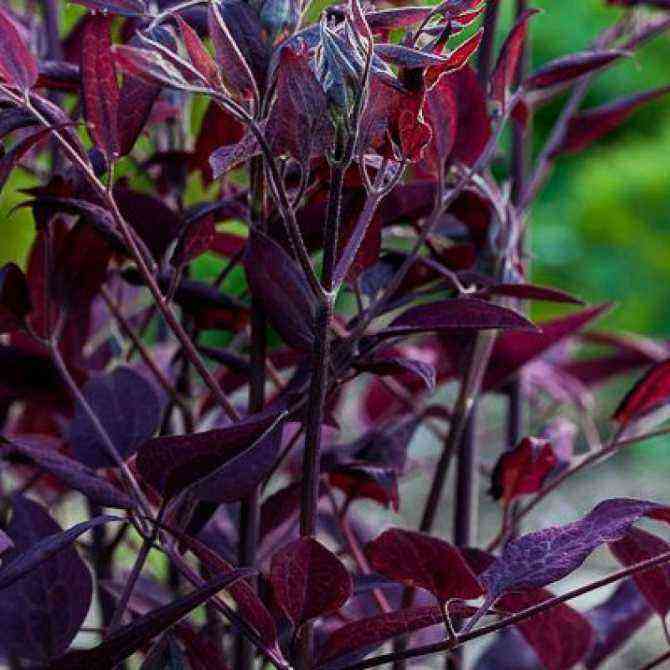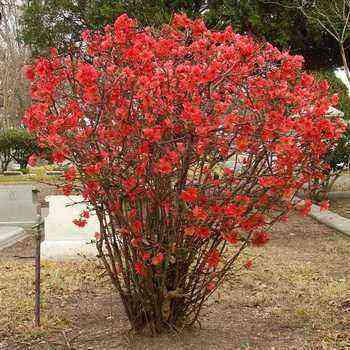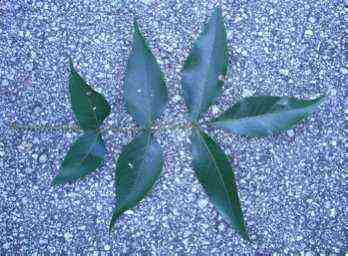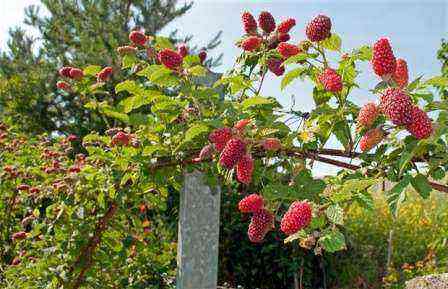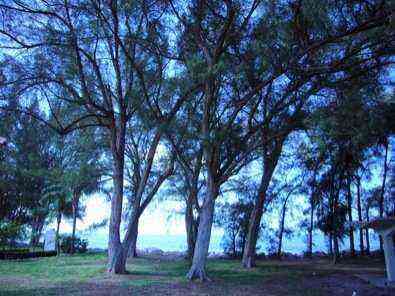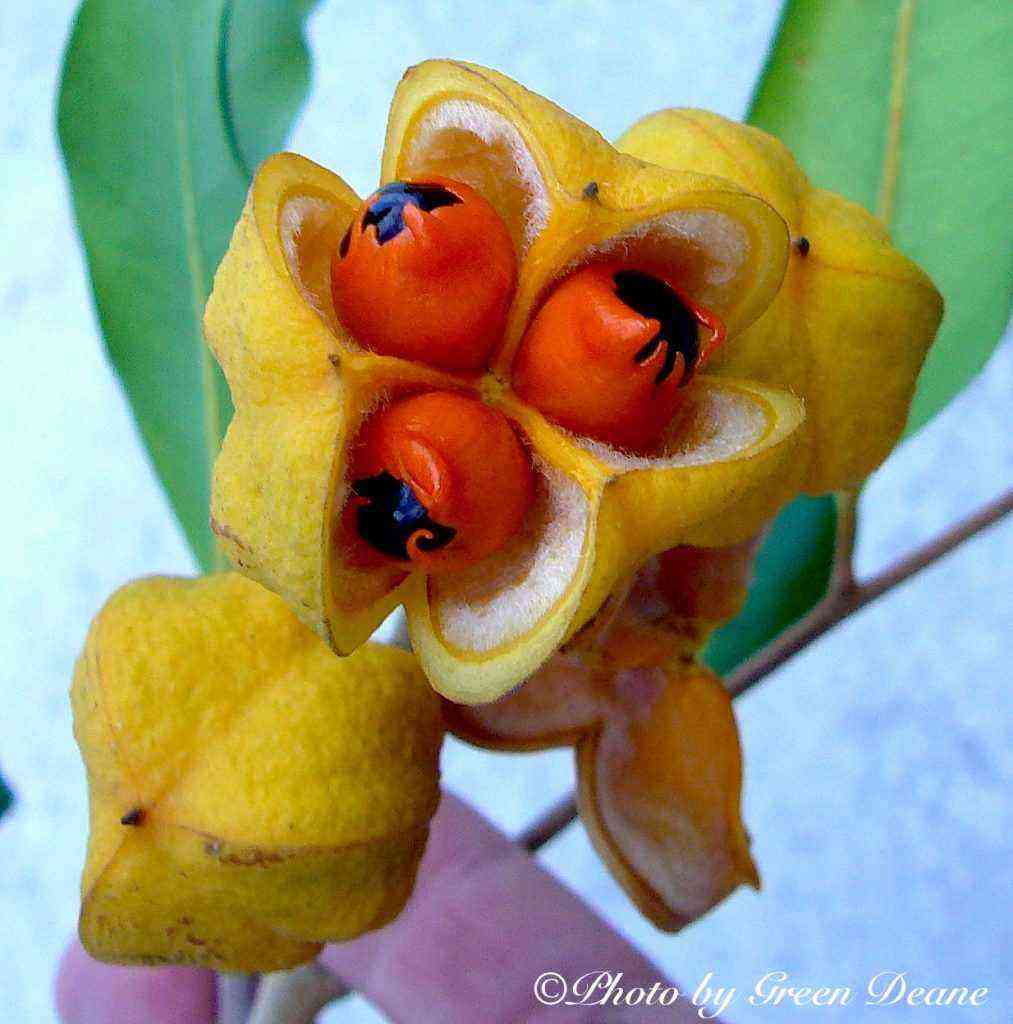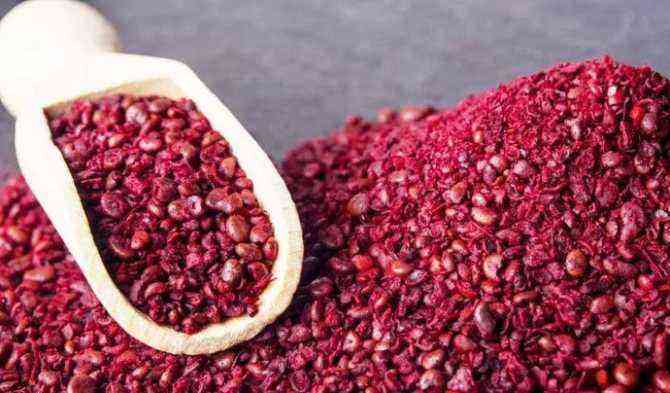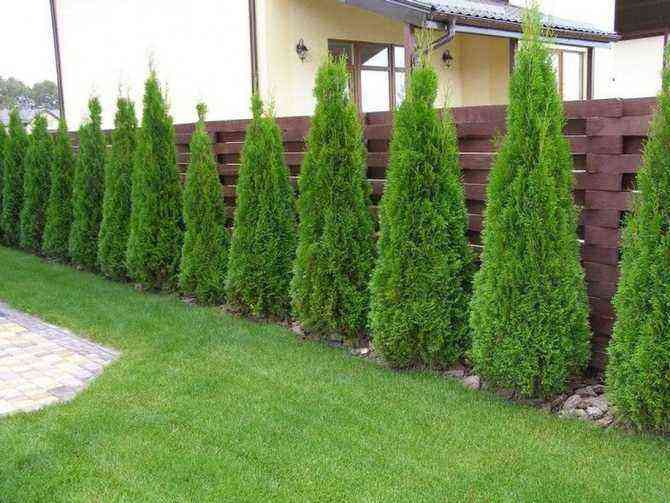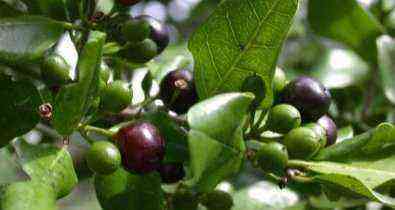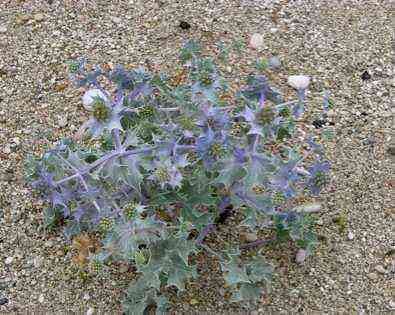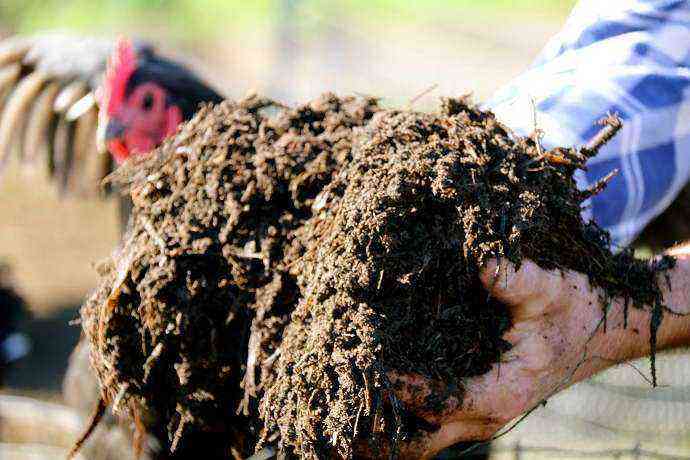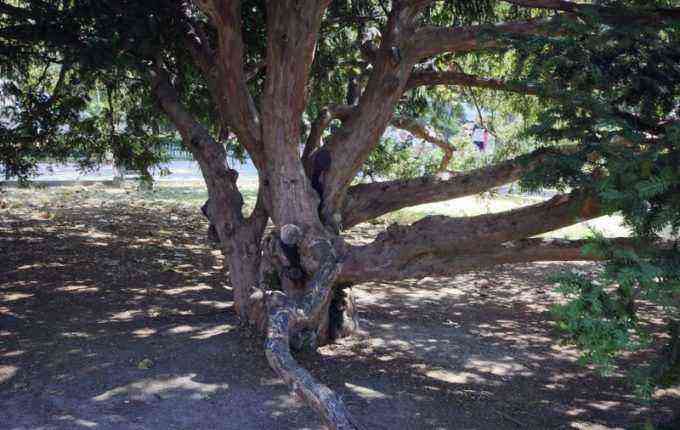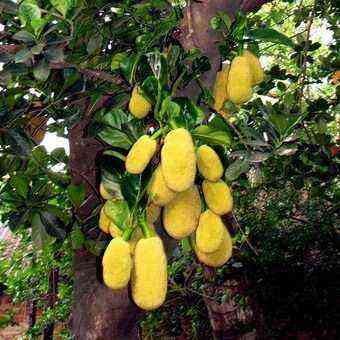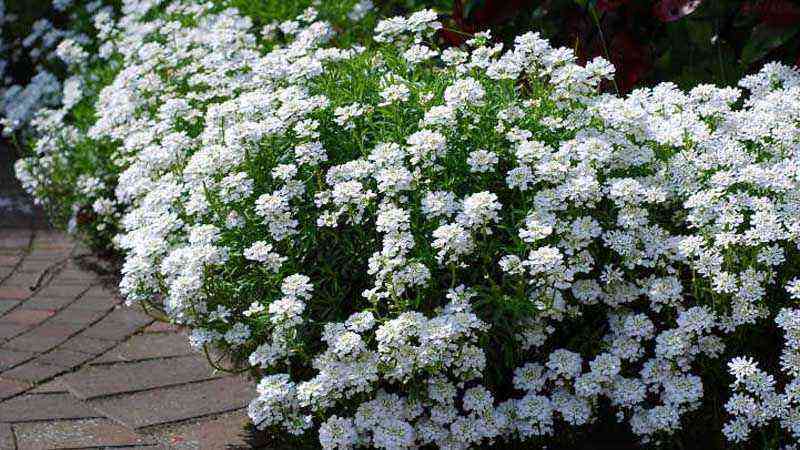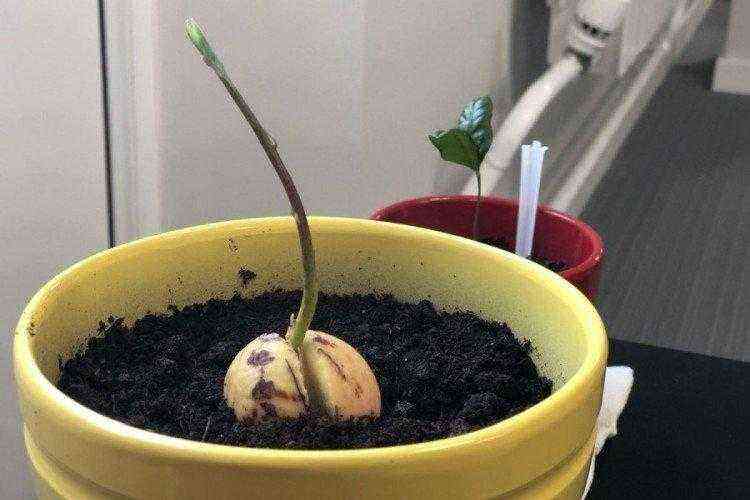 Spring is the time for grafting trees. This agrotechnical technique allows you to get new varieties of fruit crops and generally ennoble the garden. Grafting of trees in spring, as a rule, is carried out by copulation or by splitting. In the summer, you can resort to budding.
Spring is the time for grafting trees. This agrotechnical technique allows you to get new varieties of fruit crops and generally ennoble the garden. Grafting of trees in spring, as a rule, is carried out by copulation or by splitting. In the summer, you can resort to budding.
How to prepare var for grafting trees and how to properly graft trees can be found on this page.
Ways of grafting fruit trees in spring (with video)
There are several ways of grafting fruit trees in the spring: copulation, grafting into cleft, grafting for the bark, grafting with a bridge.
Budding is used when the gardener has very little grafting material at his disposal. Budding is the grafting of plants using a thin layer of wood with a single bud (eye). This type of grafting of fruit trees is usually carried out in summer.
The cut bud from the scion (grafted plant) is inserted into a T-shaped incision made on the bark of the rootstock (the plant to which the grafted plant). After that, the bark around the kidney is firmly pressed and tied with plastic or insulating tape.

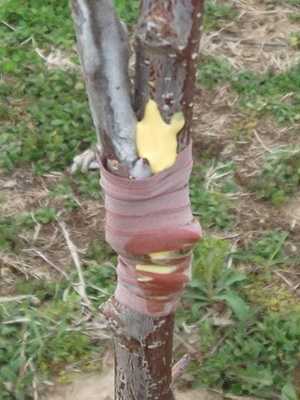
Inoculation of fruit trees in the spring in the split is used when the diameter of the scion cutting is much less than the diameter of the rootstock. On the scion handle, an oblique sharp cut is made, which is inserted into the split on the rootstock. The open surface of the cuts is treated with garden varnish.
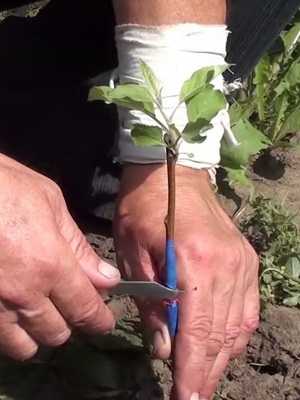
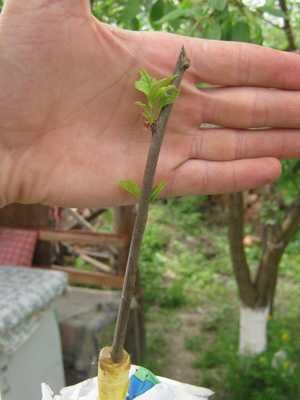
Bark grafting is a kind of cleft grafting, but with the difference that the graft is inserted behind the bark. The junction is fixed with insulating tape, and the cuts are treated with garden varnish.


Grafting of garden trees in spring with a bridge is used to “treat” areas damaged by rodents or frost on the trunk of a young tree. A cutting of the required size is prepared in advance, from both ends of which oblique cuts are made. The place to which the “bridge” will be attached is cleaned. Above and below, cuts are made on the bark, into which the cutting is inserted. The bark is gently pressed and fixed with a bandage. After about one month after engraftment, the cuttings or buds are removed.
Since there is such a phenomenon as compatibility among plants, it is advisable to graft stone fruits on stone fruits, pome fruits – on pome fruits. This increases the survival rate and increases the lifespan of the grafted plant.
Watch the video of grafting trees in spring to better understand the technology of the process:
Copulation of fruit trees
In spring, as a rule, fruit trees are copulated. Copulation is the grafting of new cuttings to another tree before the start of the growing season. When copulating, the rootstock and scion are selected of the same thickness.
If budding was unsuccessful, the scion did not take root, you can try copulating next spring.
Copulation is no less common than budding, and just as effective if the basic rules of plant grafting are followed. Copulation is most effective if the tree is no more than two years old. It is carried out before the start of sap flow in the trunk and branches.
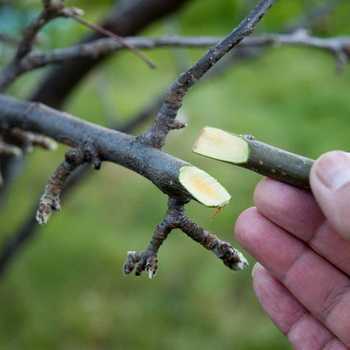 The following tools are required for copulation: a narrow garden saw; grafting knife; plastic wrap for strapping; garden var or varnish-based oil paint.
The following tools are required for copulation: a narrow garden saw; grafting knife; plastic wrap for strapping; garden var or varnish-based oil paint.
The file and knife must be sharpened strongly. There are special mechanisms for cutting cuttings. For this, it is convenient to use a lever-driven pruner.
The most widespread are simple copulation and improved one with a “tongue”. With a simple copulation, scion and rootstock of the same thickness are cut along an oblique line so that the sections coincide as closely as possible.
It is important that the bark, cambium (educational tissue of the plant) and sapwood (outer layers of wood) of the rootstock and scion are combined. If the stalk is not quite the right size, try to match the cambium of the connected branches. The graft is lubricated at the junction with garden var. After connecting the scion and rootstock, the sections are fixed with a bandage, applying layers in a spiral tightly, without gaps.
With improved copulation with a “tongue”, the stock is cut and the scion is cut in the same way as with a simple one. A distinctive feature is that in the places of the cuts, an additional notch-notch is made on both grafting branches (or the cutting and the trunk of the tree).
The result is a kind of limiter, which serves to increase the reliability of the fastening. The notch is made shallow along the cut for about 1/3 of its length. The cut of the cutting is smeared with pitch. Then one of the resulting “tongues” is inserted into the other. The junction is wound in a spiral and treated with pitch. Thus, the tissues of the scion and rootstock coincide as much as possible.
The rootstock should be cut at the root collar or base of the trunk. The stalk is cut just below its second bud. Cut length – 4-5 cm.
Grafting garden trees in the spring in the split (with video)
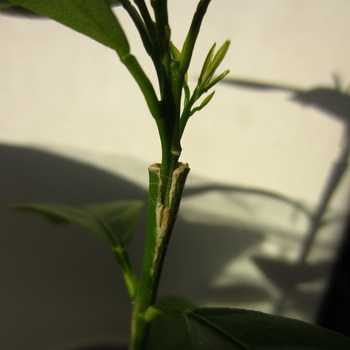 Inoculation into the split is done in the spring, before the sap flow in the plants. The graft is taken of a smaller diameter than the stock. The stock is cut slightly obliquely at a distance of 5 cm from the soil or at the base of the trunk. After that, a split is made in the cut with a depth of about 3 cm. On the cuttings just below the second bud, two horizontal cuts are made with a depth of 1/4 of the cutting diameter.
Inoculation into the split is done in the spring, before the sap flow in the plants. The graft is taken of a smaller diameter than the stock. The stock is cut slightly obliquely at a distance of 5 cm from the soil or at the base of the trunk. After that, a split is made in the cut with a depth of about 3 cm. On the cuttings just below the second bud, two horizontal cuts are made with a depth of 1/4 of the cutting diameter.
From these cuts, the wood is cut down in such a way that a peg with a wedge is about 4 cm long.
The scion wedge is inserted into the rootstock split. In this case, part of the cut of the scion is left outside, due to which the scion takes root faster. A spiral bandage is applied to the wound, and the top is covered with garden var.
Cuttings are best prepared in the fall after the foliage has fallen off. It is recommended to store cuttings in the basement, in an upright position, slightly tilted and sprinkled with wet sand, at an air temperature of 2-3 ͦ С. You can store the cuttings in the snow until spring. To do this, cut branches are laid in layers, between which snow is poured about 5-10 cm thick. The height of the entire stack should not exceed 80 cm. Snow is poured on top with a layer of 50 cm, covered with straw, sawdust or peat. If the scion has to be cut in the spring, this is done at the time of the swelling of the buds, but before they bloom.
Cuttings are transported in wooden ventilated boxes with wet sand or sawdust. It is undesirable to allow the cuttings to dry. If they dry out a little, the lower part is cut off, as required by the rules for cutting the scion, and left in water for several days.
The split grafting video shows how to perform this agronomic technique with a tough stainless steel grafting knife – always very sharp and clean. Slices of the scion, rootstock, as well as the blade of a knife should not be touched by hand.
A stalk with 3-4 buds is used as a scion. If there are about 6-8 buds, the grafted branch will begin to bear fruit in a shorter time. Cuttings with 1-2 buds can be grafted, but they, as a rule, take root less often and harder. Sufficient length for a grafting cutting is about 10 cm, so the harvested long branches can be cut into several parts.
How to prepare a garden pitch for grafting trees
For grafting trees, a garden pitch is needed, it is used for better fixation of cuts, as well as for treating the resulting wounds on the trunk and branches. Cooked surfaces heal better, as moisture evaporation is reduced. Garden var disinfects the surface of the wood, does not allow the development of fungi, mold and prevents damage from insect pests. Some types of garden var (stringy) can be used both cold and warm.
There are many recipes for preparing this composition. Before making a garden pitch, choose the one that works best for your trees. Ready-made mixtures sold in specialized stores are good only if you need to “tightly” fix any segments of the plant or heal significant damage. Usually purchased vars at low temperatures become very hard, and at high temperatures dry up, which does not allow the bark to “breathe”. Garden var, prepared with your own hands according to old recipes, is similar to natural tree resin, so the plants tolerate it well.
In the spring, work is often carried out to graft garden trees, as well as heal wounds and damage to the bark and wood, so we will give some of the most effective garden varietal recipes. For the treatment of wounds and cuts after grafting trees, it is recommended to use Zhukovsky’s var.
Garden var recipes
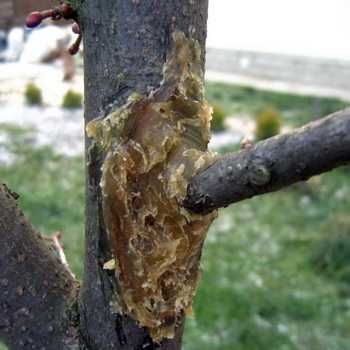 Check out how to make a garden var with your own hands according to Zhukovsky’s recipe and putty according to Reshetnikov’s recipe.
Check out how to make a garden var with your own hands according to Zhukovsky’s recipe and putty according to Reshetnikov’s recipe.
Var Zhukovsky.
According to the recipe for this garden variety for 4 kg of rosin, you need to take 2 kg of beeswax and 1 kg of lamb (beef) lard. Melt each ingredient over low heat or in a water bath separately, then combine and pour into a bowl of ice water.
The mass hardens quickly, it must be removed and formed into a ball or cube. Store Zhukovsky’s var should be in a glass or plastic container, you can wrap it in oiled paper.
The junction of the scions and rootstocks should be processed with this mixture, wrapped on top with a cloth or film, since the wax that is part of the composition attracts bees and wasps.
It is better to use var in warm weather, as it hardens quickly at subzero temperatures. If the temperature outside is not high enough, the var can be slightly warmed up before use, for example, immersed in hot water, previously wrapped in plastic wrap.
Often, according to the recipe for the preparation of a garden varnish, alcohol is added to it so that the composition does not freeze in the cold, while the so-called cold-resistant var is obtained.
It is convenient to use such mixtures during spring work in the garden, when it is not yet warm outside.
Reshetnikov’s putty.
For preparation, you need to take 4 g of beeswax and 400 liters of alcohol for 0,5 kg of fir resin (wine alcohol is used in the original recipe). Heat the resin and wax separately, stirring constantly, remove from heat, mix in one bowl.
Heat the alcohol in a water bath, then, stirring actively, pour into the mixture of resin and wax. The putty turns out to be dense, plastic, thanks to which it can be used to “glue” wounds and damages of any shape and depth. This var does not dry out or freeze, it is waterproof.
Reshetnikov’s var is liquid, so a brush, rubber spatula or silicone spatula is used to apply it.
